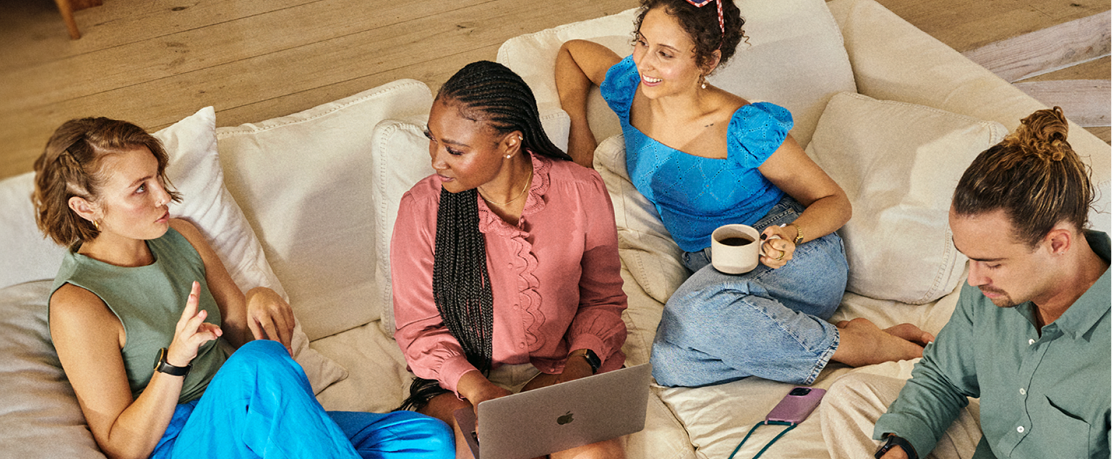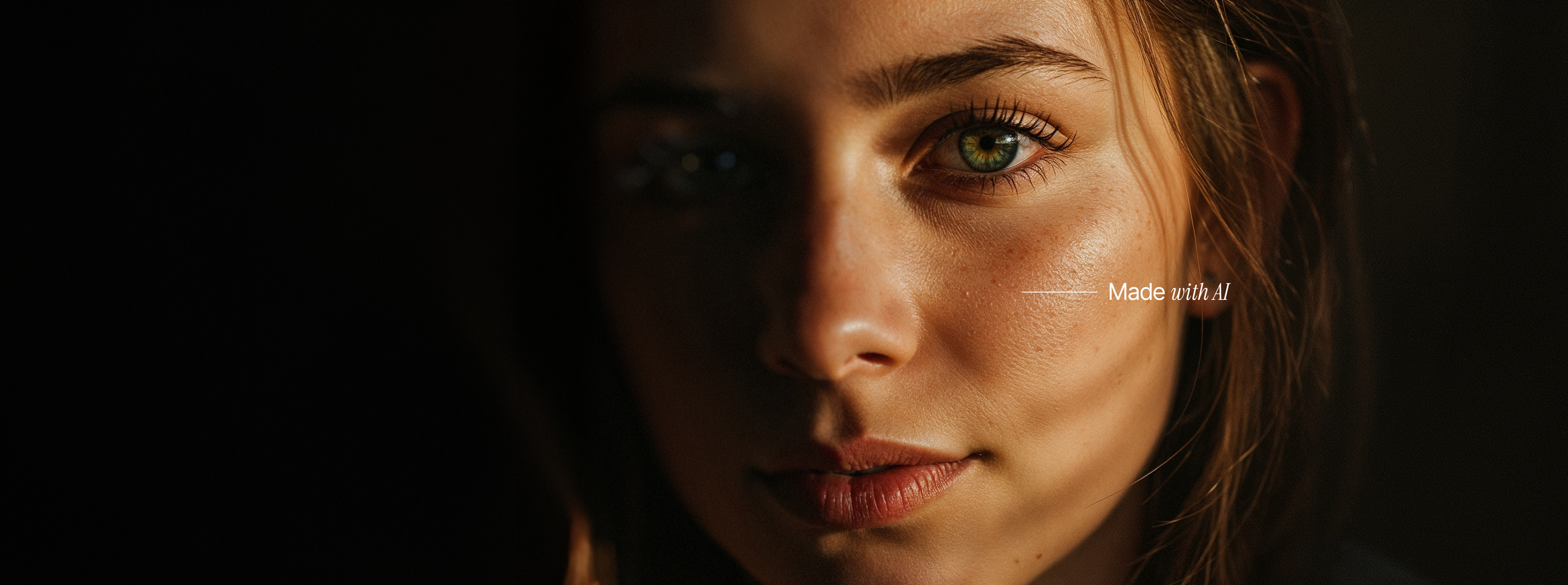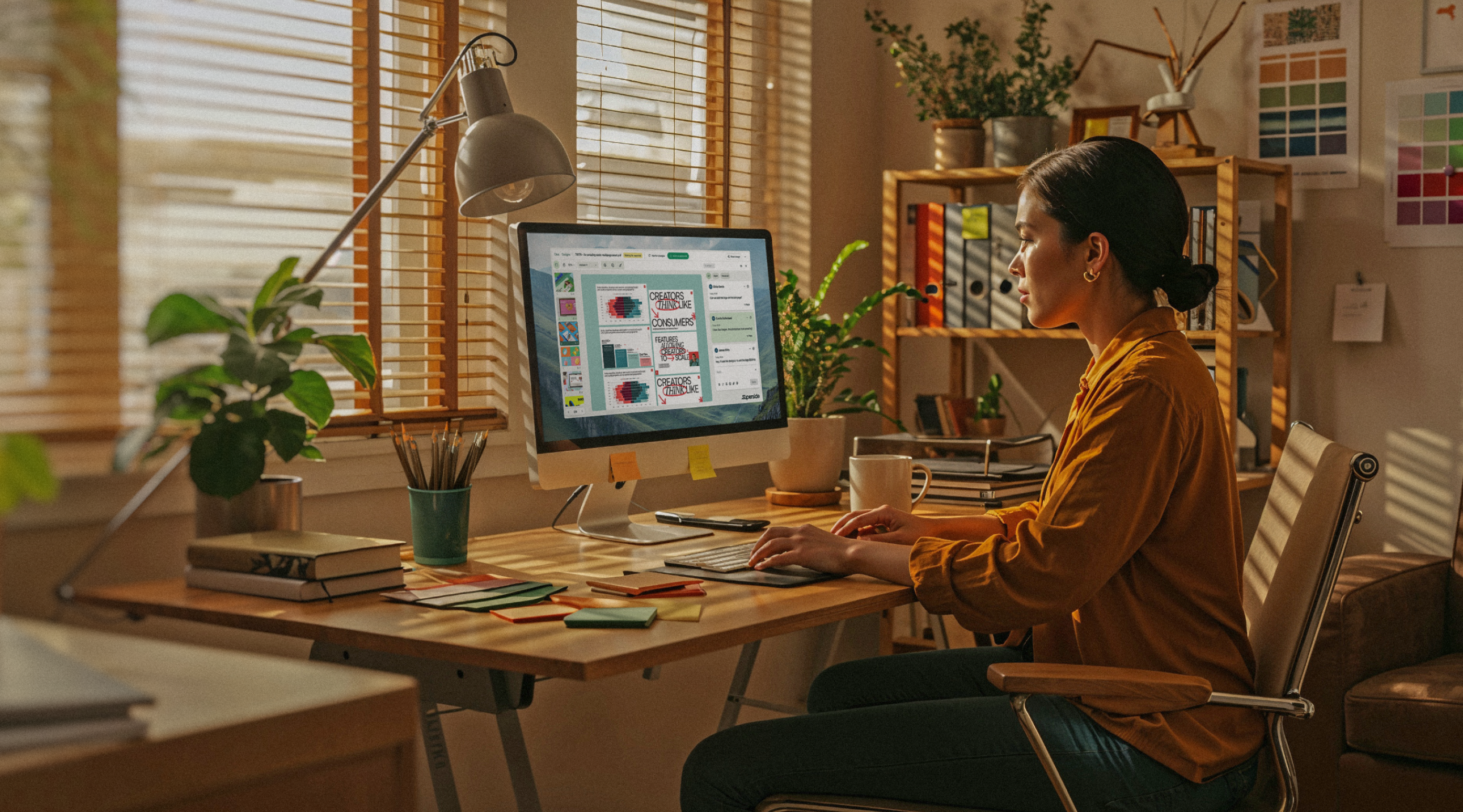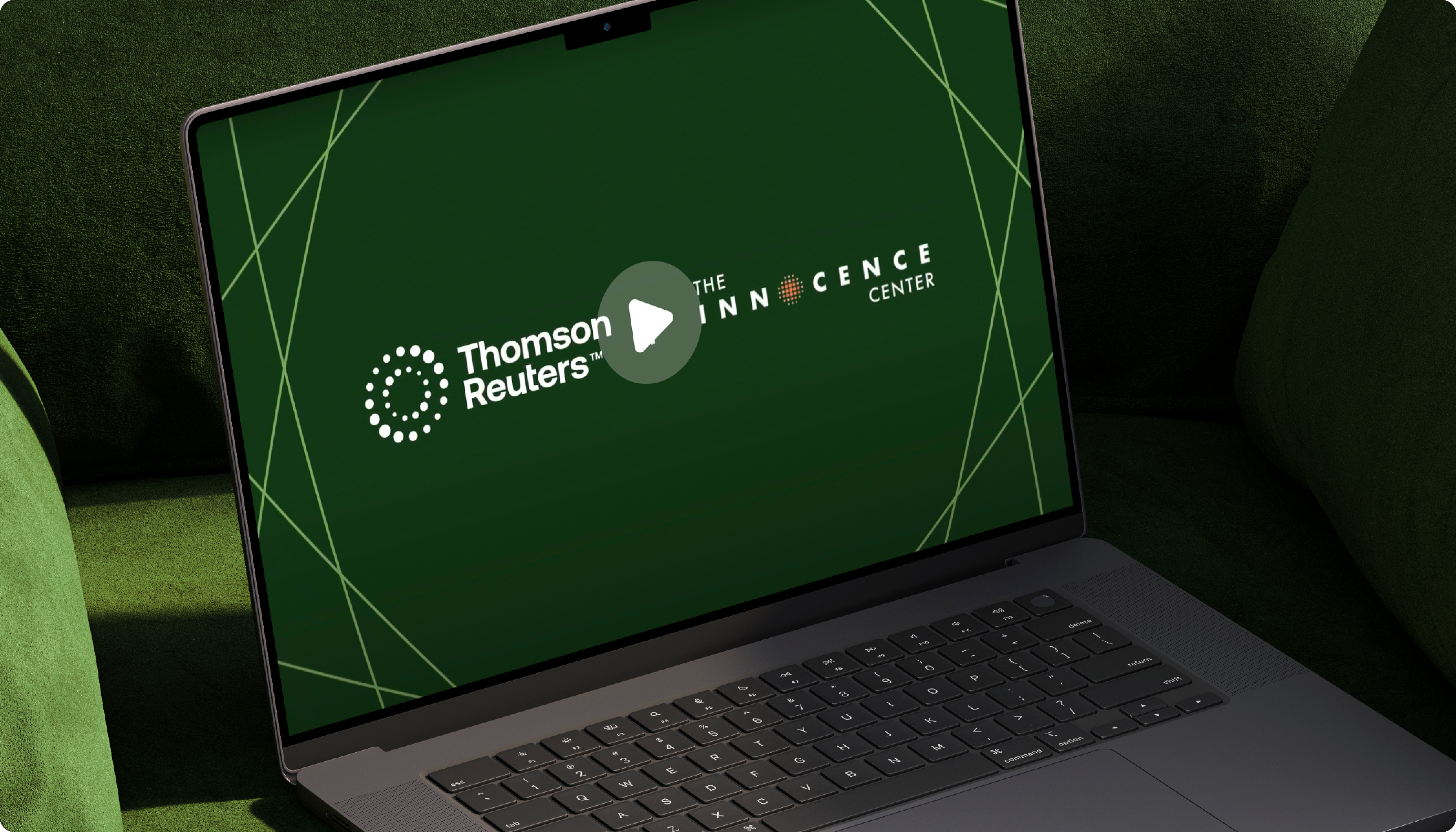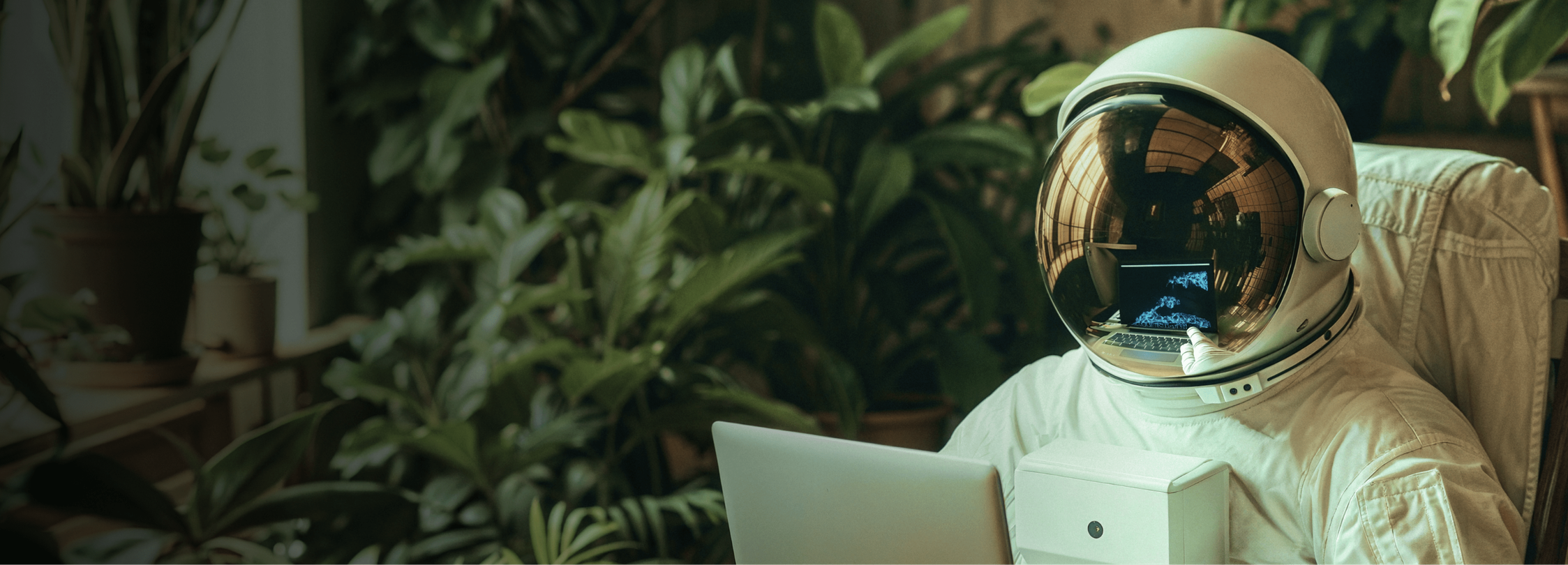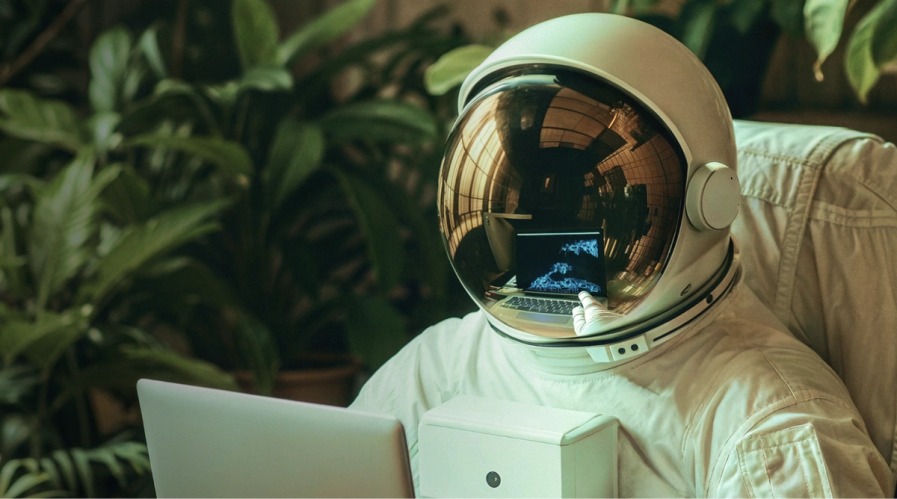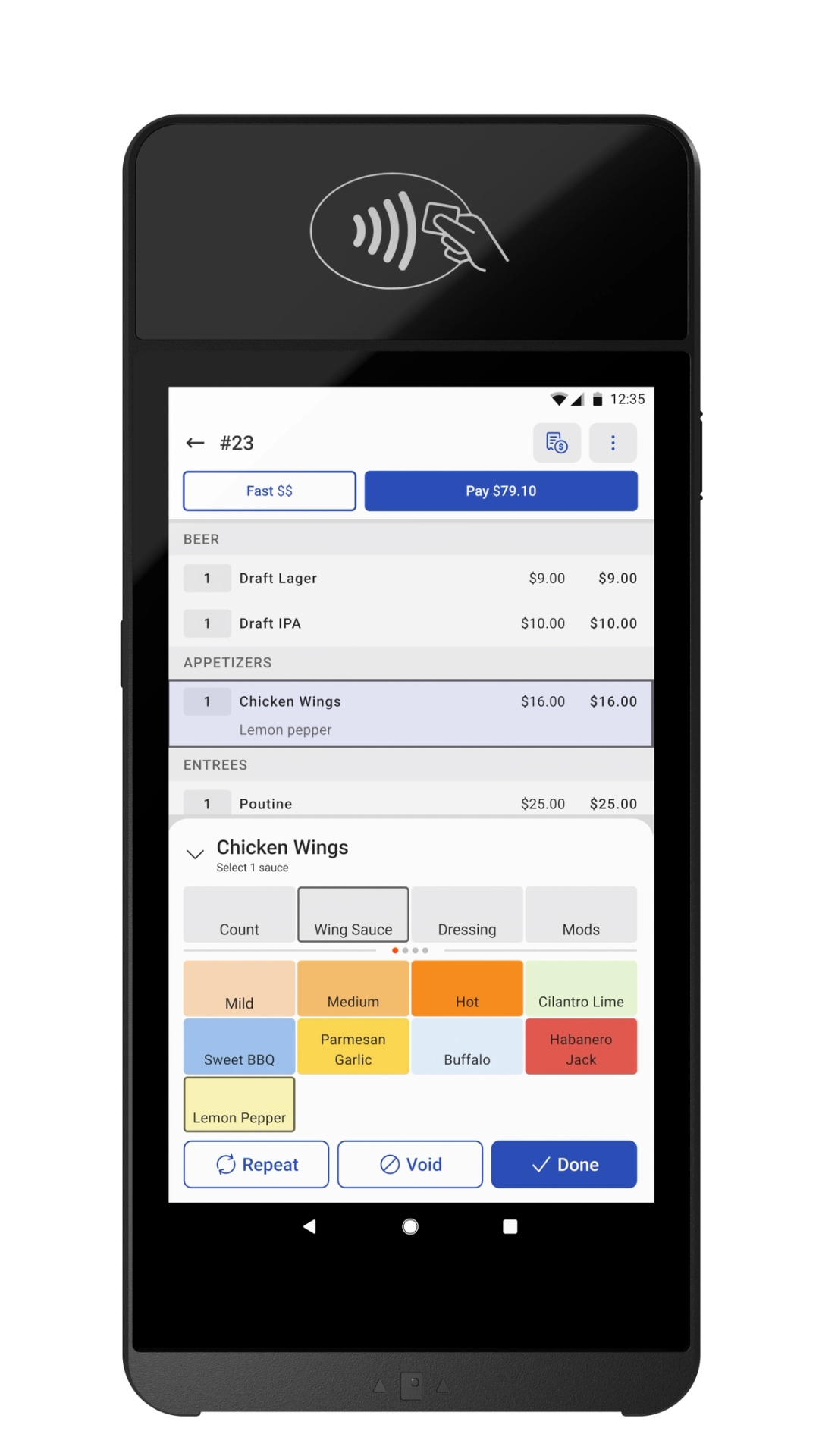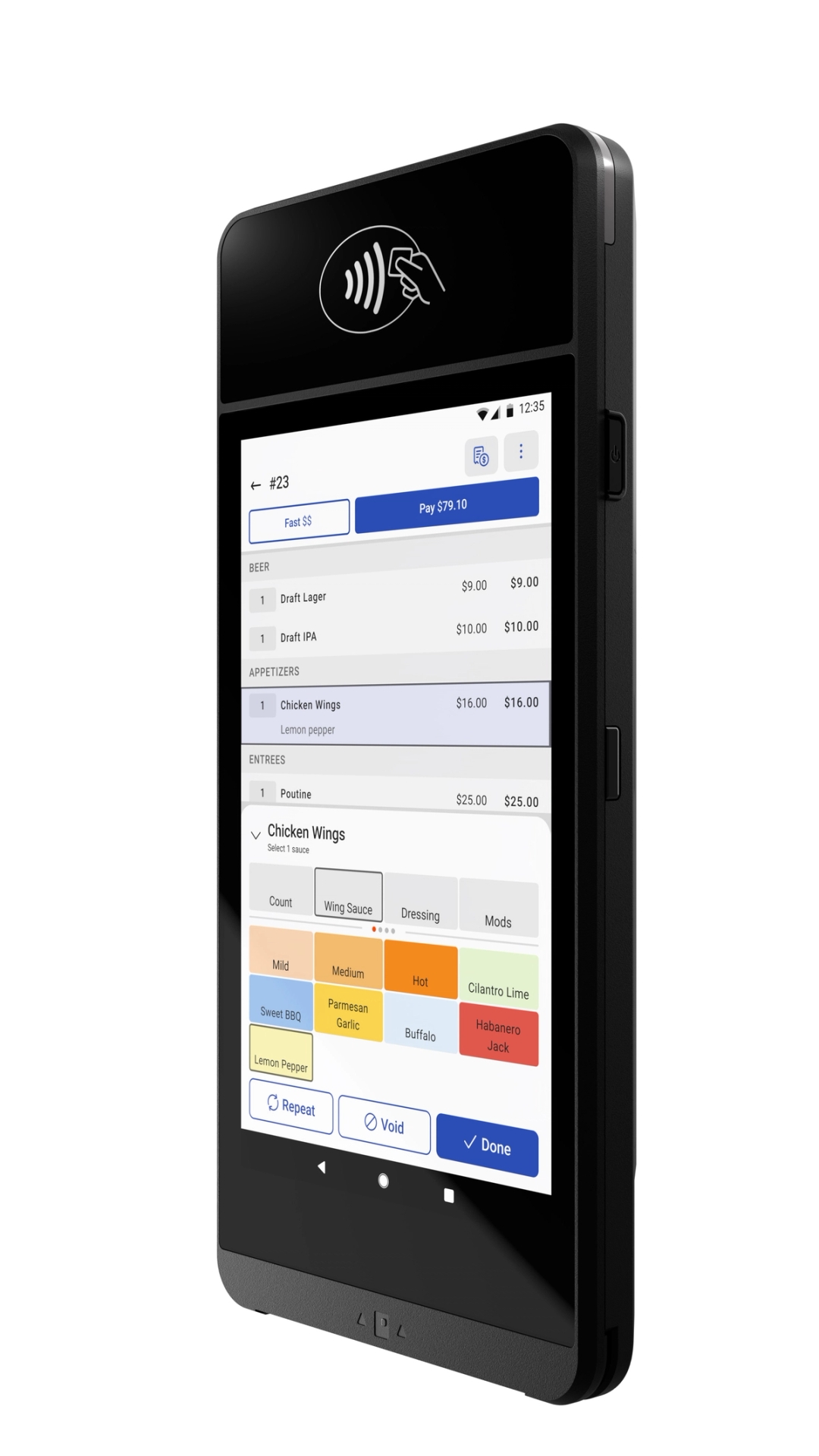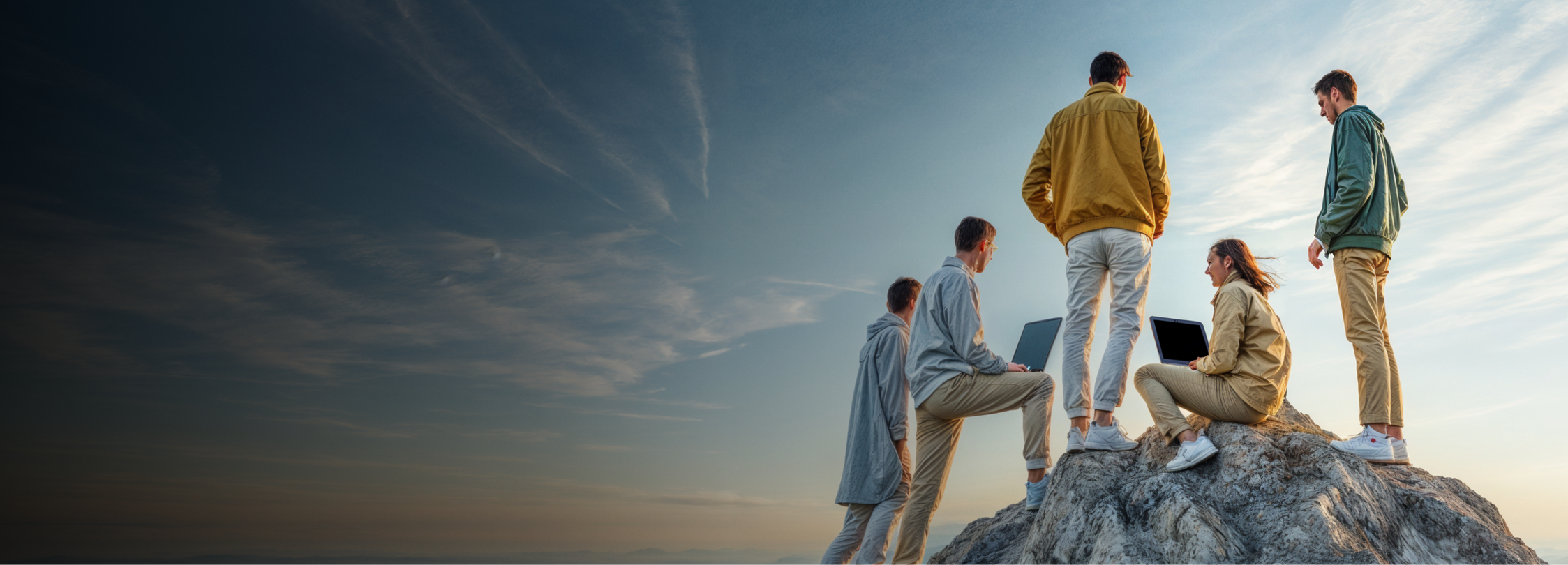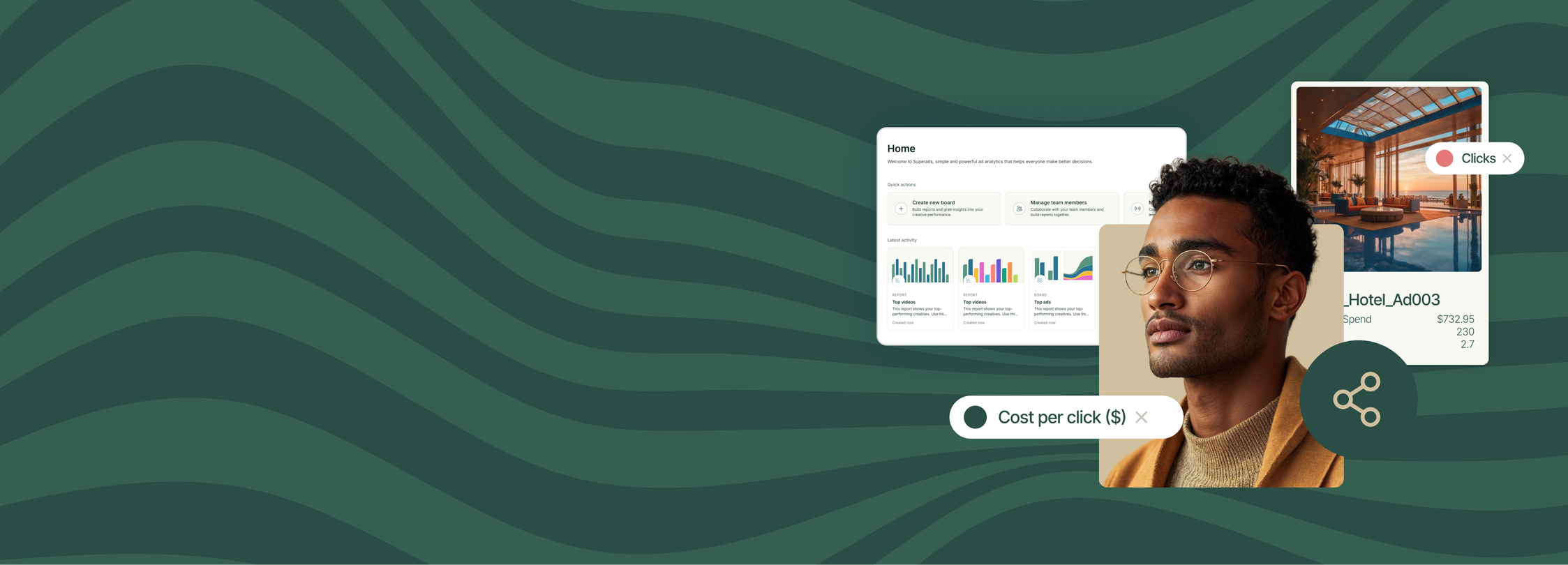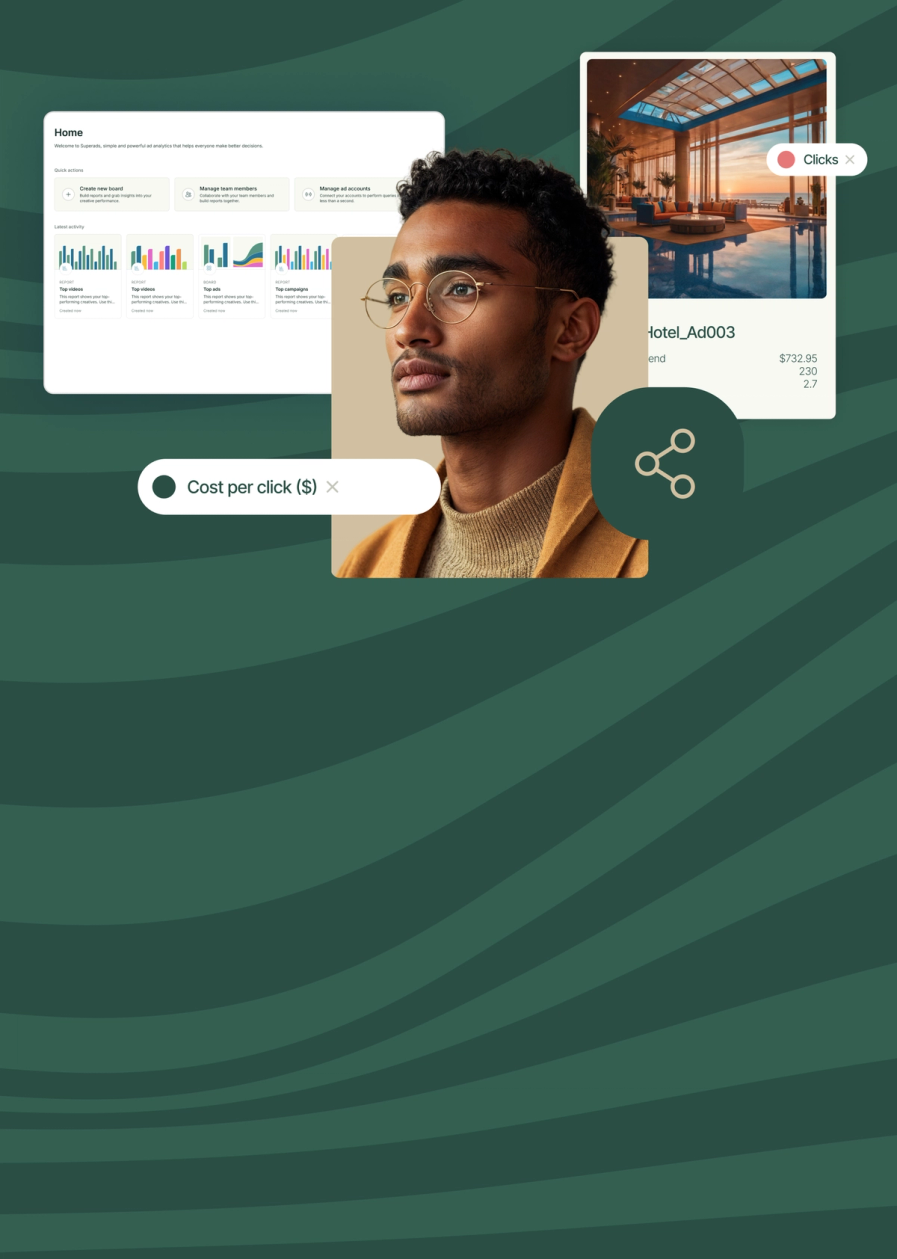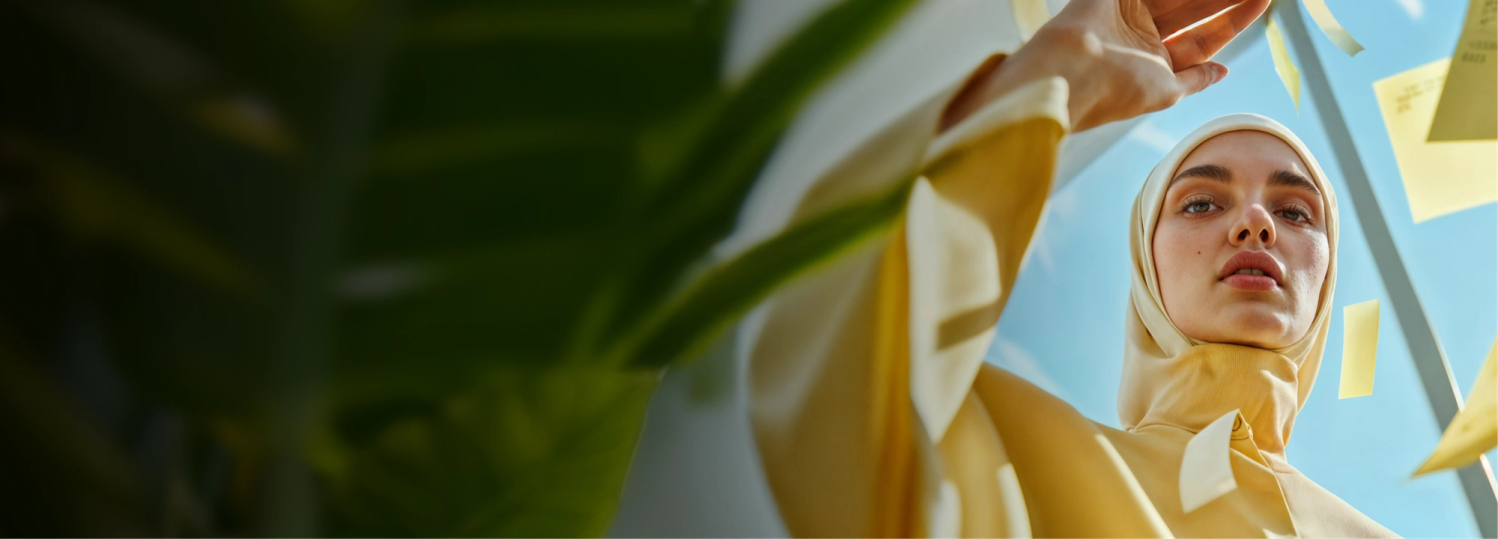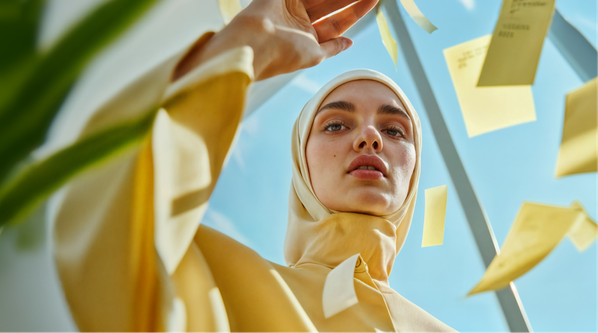5 ways to identify and transform creative needs into brand wins
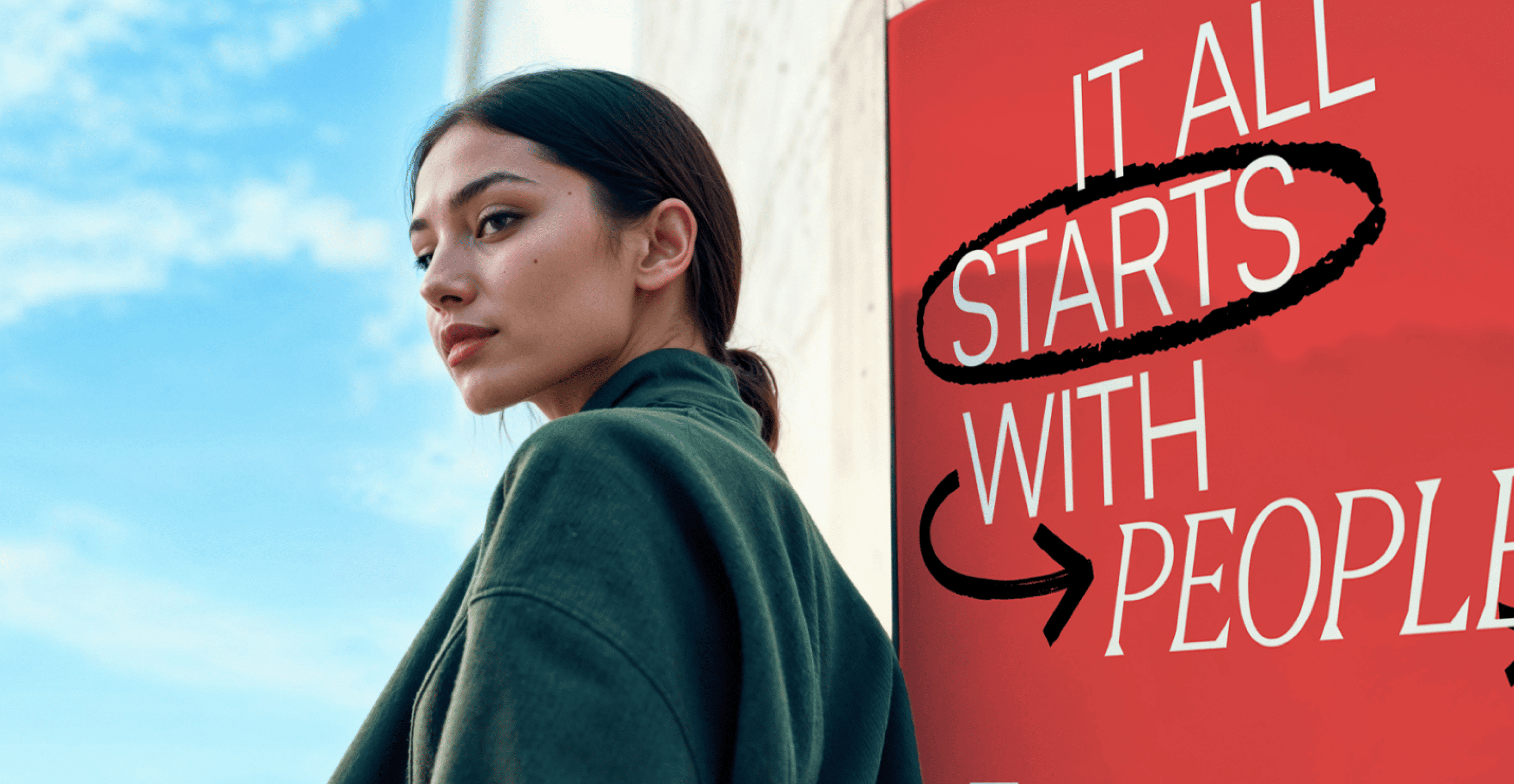
Struggling to keep your brand’s creative strategy on track? We share our top five actionable strategies to find creative needs and turn them into brand wins. Plugging those creative gaps will transform your engagement, reach and ROI, and with a partner like Superside in your corner, you can’t lose.
Creativity is every enterprise’s secret sauce: The magic ingredient that keeps the business thriving, audiences talking and your brand visible.
Unfortunately, however, creativity isn’t something you can scoop out of a jar for instant results.
In the rush for fast content and immediate results, many enterprises lose sight of the creative energy and long-term audience connection that drives real, sustained growth. Few things are as painful as investing thousands of hours of creative work in a slick new campaign, only to see business tank despite great engagement figures.
You could think of these gaps in creative strategy as failures or blind spots, but at Superside, we prefer a more positive perspective. Looking at these sticking points as creative needs opens up the potential to find solutions and growth opportunities.
Over the years, we’ve developed multiple strategies to turn creative roadblocks into breakthroughs.
If you need to pinpoint inefficiencies in your process, find inspiration for a more creative culture, or develop stronger creative leadership, this article will help transform your creative needs into winning strategies.
What are creative needs and why do they matter?
A creative need is a gap in your creative process, strategy or execution that stands in the way of brand success. This gap could include specific problems with your branding, such as outdated design elements or an inconsistent brand identity.
It could also be a more complex problem such as underperforming campaigns, unproductive creative processes or an incoherent content strategy.
Unaddressed creative needs lead to diminished brand perception and a lower return on investment (ROI) for your marketing spend. Problems like disjointed workflows and unclear goals can also impact your team’s overall efficiency, leading to lower productivity levels and damaged morale.
Creativity is one of those things that’s hard to pin down, but we work hard to make sense of it. We interviewed Adam Morgan, Executive Creative Director at Adobe, and here’s what he had to say:
We all have the same human brain, and we all have the potential to be creative. If you're a data scientist and you find a new way to uncover an insight, that's creativity. If you're a business owner in the middle of the pandemic and things aren't going well, so you look at things differently and say, ‘Oh, we have to stop doing this. We have to start doing that.’ That's creative.

You can watch the full interview here.
The first (and hardest) step is working out how to identify creative needs so you can act decisively to solve them.
These gaps can show up in many different ways.
Picture this: You’re an international retail brand spreading into new markets. As you scale up, a lack of centralized creative strategy results in a diluted brand identity, costing you global impact. Or perhaps you’re a new player in the tech industry, losing out on engagement opportunities due to lacklustre ad creative.
Recognizing your creative needs is half the battle won. With the right approach and creative partners, you’re set to transform these challenges into new ideas and opportunities.
Understanding the link between creative needs and brand wins
Tackling your creative gaps will likely bring you better brand alignment, more effective campaigns and higher customer engagement.
Creative campaigns can increase profits by up to 400% while building lasting audience trust. Addressing creative needs is also a game-changer for stretched teams, allowing your business to prioritize resources and focus its energy on more strategic pursuits.
Audiences respond to clarity of purpose and authentic messaging. Often, this is where creative gaps are most visible. Lego, the famous Danish toy brick company, discovered this first-hand in the early 2000s. Overconfidence, chasing creative trends and launching too many confusing offerings diluted the brand.
The solution lay in returning to its authentic identity, realigning the Lego brand’s creative to match. The company bounced back with record profits in just two years and was named the world’s largest toy manufacturer in 2016.
You don’t have to wait for a similar crisis to act.
Proactively addressing your team’s creative needs is a surefire way to drive results and improve key marketing metrics across the board, including customer engagement, time-to-market and overall campaign ROI.
5 ways to identify and transform creative needs into brand wins
The theory sounds simple: identify your creative needs and turn them into something valuable for your business. But in practice, it takes the right guidance to make it happen. Let’s look at a few ways to spot your creative needs and take action accordingly.
1. Leverage Superside as your creative team’s creative team
It’s common for creative needs to remain unnoticed until they start to hinder your brand’s growth, or—like Lego—you hit a crisis point.
Even if you know there’s a problem, it can be difficult to pinpoint what it is. Bringing in a creative partner with the right expertise to identify creative needs can be a lifesaver.
Superside, for example, acts as an extension of your in-house team to reveal and address creative inefficiencies. We can help with creative needs analysis using in-depth audits and creative performance evaluations, drawing on real-time feedback loops for ongoing optimization.
This approach lets us take the pressure off your designers and marketers to provide scalable, on-demand support where you need it most.
One example of a customer who benefited from this approach is the restaurant tech business Toast. Their team called us at a critical moment of growth when its in-house creative team struggled to keep up with demands for cross-platform, high-quality visual assets.
We took their product renders and 3D animations to the next level, breathing new creative life into the brand and significantly growing their market impact as they scaled up.
With Superside, you’ll always have a reliable, innovative creative needs partner in your corner without the hassle of hiring in or the risks of going freelance.
We do more than just fix creative challenges: We help you unlock new levels of efficiency, engagement and brand growth. If you know, you know.
2. Conduct comprehensive creative audits
Even the most polished campaign can result in low engagement.
Doing a comprehensive creative audit is essential to spot where your branding is working and which elements need attention.
You’ll take an unflinchingly honest look at every element in a creative audit. You must assess your campaign for design consistency, messaging and alignment with your brand goals. You’ll also need to review key metrics like click-through-rates (CTRs), engagement rates and conversions.
This process is best done with the help of structured tools designed for creative auditing. Depending on your needs, these might include checklists, analytics dashboards or customer surveys. Once you have the right data to hand, you can act decisively and effectively.
For example, a national retail brand might use a combination of auditing tools to uncover a lack of cohesive regional messaging that inadvertently turns audiences off. This often happens to growing brands who must balance core messaging with local relevance to keep audiences engaged.
3. Embrace data-driven insights
Intuition is powerful, but it’s not enough to accurately identify creative needs. Data is crucial to provide objective evidence of what works and where your creative is falling flat.
Good data needs the right tools, including analytics tools that let you evaluate ad performance and levels of engagement with your campaign. Some data analysis tools also let you monitor customer feedback, drawing a clear picture of preferences and expectations. With real-time data insights, you can adjust campaigns on the fly and draw lessons for next time.
Data can be used for endless purposes, making it one of the most powerful creative tools at your disposal.
Real-time engagement metrics, for example, might reveal that your landing page needs a tweak to boost conversions. Or data-driven A/B testing can lead you to the best possible choice of visual assets for your specific target audience.
We know that getting data insights from creative isn’t easy. Try Superads to see how your social media ads can improve in a heartbeat.
4. Build collaborative feedback loops
Creative collaboration is at the heart of the creative needs of enterprises. High-impact teams need clear communication and alignment to pull in the same direction. Instead of leaving collaboration to chance, establish structured feedback loops to ensure all stakeholders can have their say and keep your creative projects on track.
Setting your design teams up for success involves more than sporadic input. Establish regular reviews with an emphasis on actionable feedback. Use these sessions to develop a culture of constructive feedback on specific points and data-driven performance metrics.
We know this isn’t always easy to achieve. Shanee Ben-Zur, CMO at Crunchbase, shared her insights with us:
Collaborating with people outside the design world can be stressful because you're an expert in design, and these people—who aren’t expert designers—are telling you how to do your job. But when both sides come from a good place, and we set clear expectations upfront, there’s less conflict.
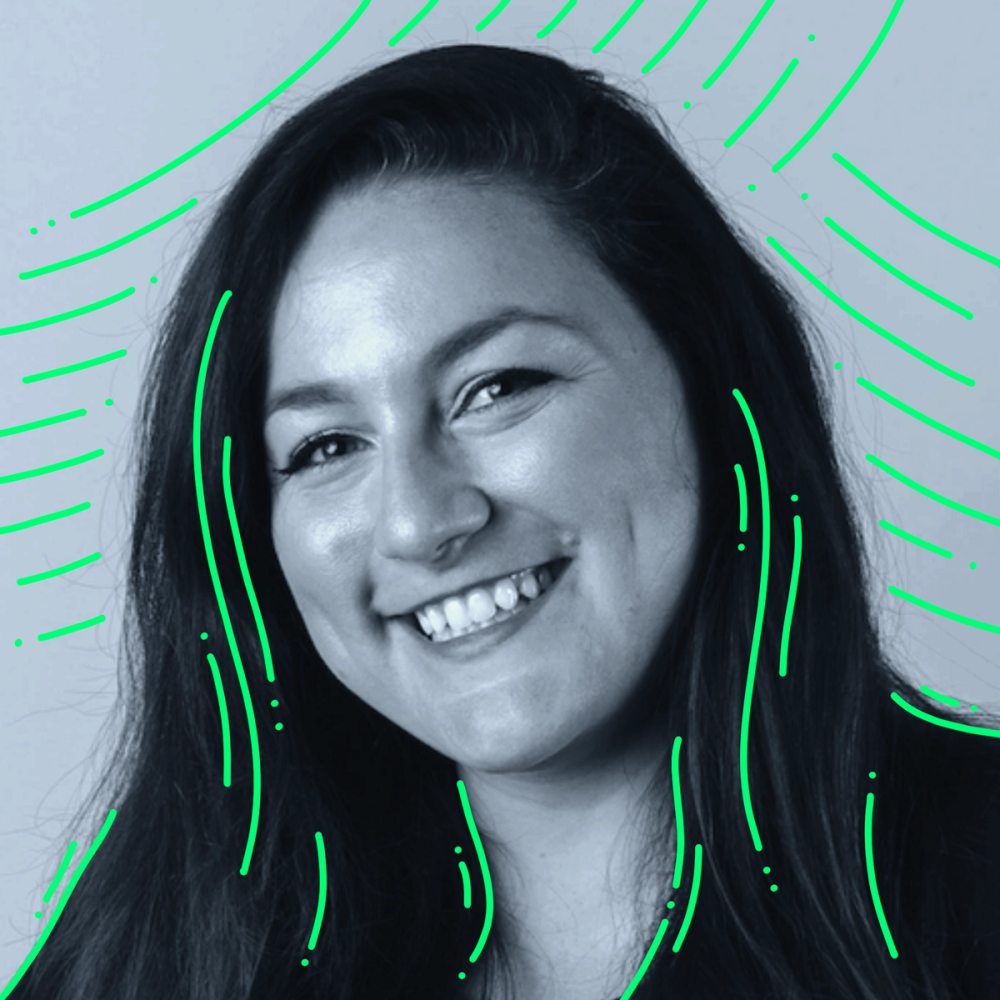
Collaborative tools like Miro, Slack and Asana are great for developing collaborative cultures and ensuring a regular flow of feedback, especially if your team is distributed or remote.
With strong, continuous collaborative feedback, you can significantly reduce time spent on iterations, avoiding miscommunication and disjointed campaigns.
5. Invest in scalable creative solutions
Creative gaps often creep in as a brand grows. New products, multi-channel campaigns and evolving brand strategies demand a constant stream of high-quality creative assets, requiring both speed and efficiency. If your systems can’t scale fast enough, you risk bottlenecks, inconsistent output and missed market opportunities.
The right technology can make all the difference in meeting the creative needs of brands. Today’s top AI-powered creative tools offer unprecedented levels of automation and efficiency. Creative output always needs the human touch, but smart use of AI tools can free you up to focus on what matters most as your needs expand.
Scalability isn’t just about increasing volume. It’s also about maintaining quality, consistency and a strong brand presence. Unfortunately, the pressure can lead to stretched creative teams or fragmented freelance networks that can’t meet your needs.
Investing in a creative partner like Superside gives you steady access to flexible, high-quality creative talent, plus a team to supplement your in-house skills and grow alongside you.
Transforming Creative Challenges into Brand Wins
Facing creative challenges is part of every brand’s journey. It’s how you face those challenges and turn them into opportunities that set you apart. Identifying the creative needs holding you back is the first step towards your enterprise’s creative transformation, whether it’s inconsistent branding, underperforming campaigns or inefficient creative workflows.
Taking proactive steps to solve these issues promises higher engagement, stronger market positioning, and better overall ROI.
Working with a trusted creative partner like Superside is a surefire way to hone in on the gaps impacting your brand and identify the most effective ways to solve them.
Superside’s unique combination of top-tier strategic talent, data-driven insights, and creative flexibility means we can do far more than just help you keep up with demand: Our creative individuals will elevate your brand to new heights.
Meet Roger, a content marketer driven by his love for online search, digital marketing, and performance marketing. When he's not immersed in the latest updates on Google, AI and social media, you'll find him passionately crafting strategies to simplify online searches for people, sparing them the frustration of navigating through endless pages. As a marketer, Roger Match has turned into the perfect match for Superside, helping us showcase our purpose, objectives and essence to the world.
You may also like these

Focus, not FOMO: How Revolut built an uncopyable brand
When you’re battling for attention in a crowded market, knowing what your competitors are doing is part of the job for any creative leader. Whether you're rebranding or planning a campaign, you look at your competition to see where there’s a gap your brand can fill. But what if we’ve got that all wrong? Instead of looking to competitors to determine a position, what if we looked inwards first and let our brand's unique value guide the way? What if we just ignored competitors and carved out a space of our own? That’s the advice Gareth Morgan, Head of Global Brand Design at Revolut, shared in Superside's webinar, Uncopyable: Building a Brand Beyond Comparison. Morgan believes brands should stop chasing competitors and benchmark against their own vision and product. For Revolut, that meant carving out a “third space” that isn’t the loud challenger or the safe incumbent, then maturing every touchpoint to signal innovation, trust and global scale.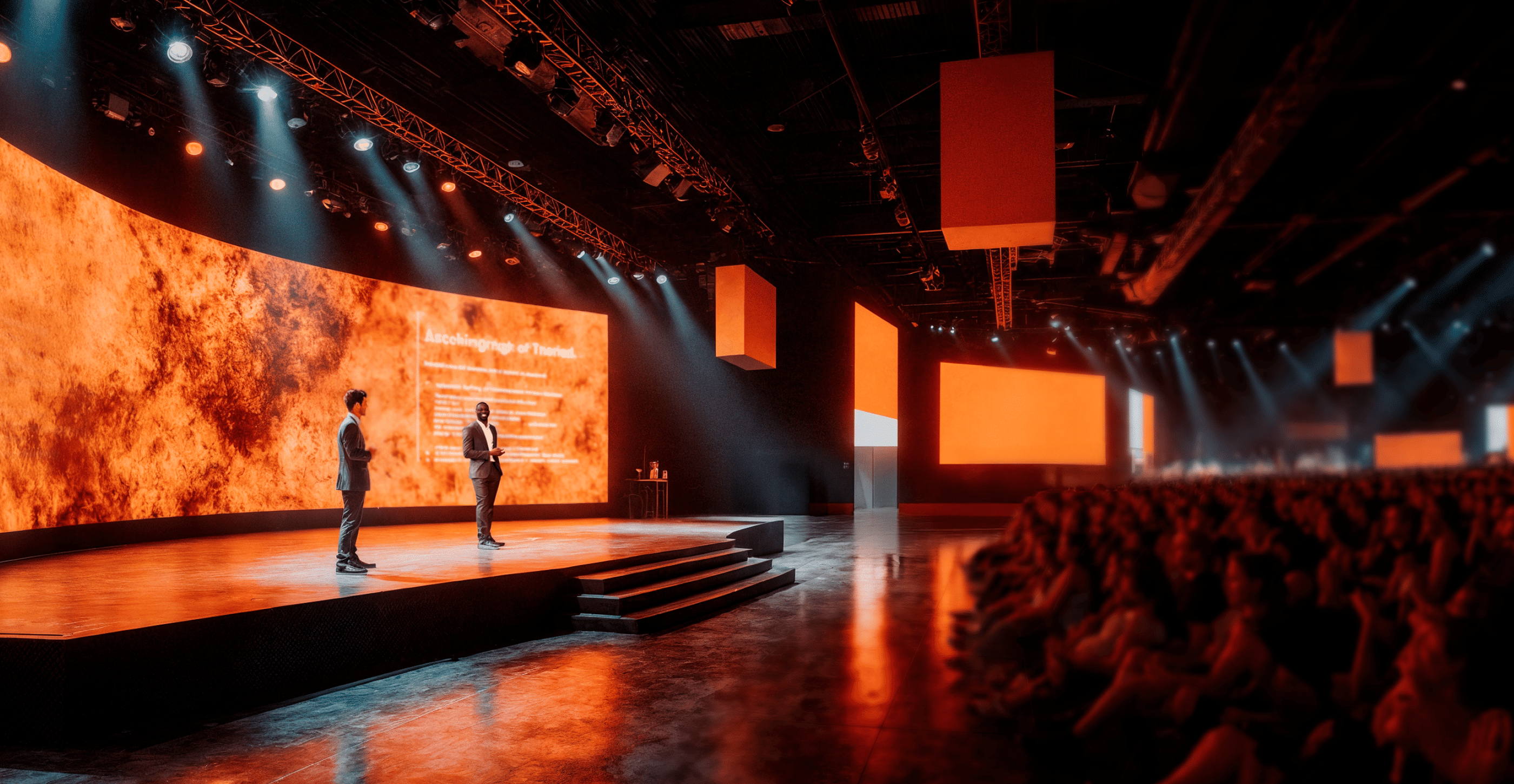
9 best event branding services for enterprises in 2025
Imagine you walk into an event and don’t know whose it is. The stage is generic. The signage is forgettable. Inside the swag bag: A sad pen and a notebook as blank outside as in.Now picture an experience where every element of the event design feels like you’ve stepped inside the brand’s world. It starts even before you arrive with an invite that lands more like a VIP pass than a calendar placeholder.By the time you walk through the massive entrance arch, you’re already immersed. Motion graphics pulse brand messages across screens. AR wayfinding guides you to your seat. Even the lanyard feels intentional. Now that’s event branding.Top enterprises no longer just run conferences. They stage brand-defining experiences where design, narrative and event coordination work in sync to create magic. As a result, the demand for high-quality event marketing services has never been greater.In this article, we unpack why branded experiences are on the rise and how the right event branding service can be the lifeline your enterprise needs.
Top 5 creative branding strategies & examples for corporations
Remember when you finally bought those ridiculously overpriced sheets because you’d seen the brand’s ads everywhere—on your feed, in your inbox and even in your dreams? That’s not just a coincidence: it’s strategic.But standing out as a brand is no longer easy. To truly be memorable, your brand must be present everywhere, remaining fresh, relevant and unmistakably recognizable.Creative branding can be your compass in the chaos of a world that overflows with content and ads. This comprehensive piece is packed with effective branding tips, real-life inspiration to improve your chances of success and insights into Superside’s design services—a lifesaver for many of the world’s top brands.What are creative branding strategies and why do they matter?The most successful creative branding ideas keep target customers emotionally invested. Unlike regular branding, creative branding involves thinking outside the box by merging marketing strategy, bold ideas and perfectly timed execution to create a consistent, memorable brand image.
